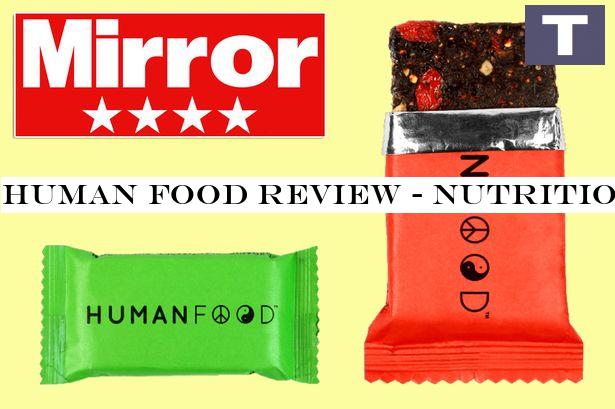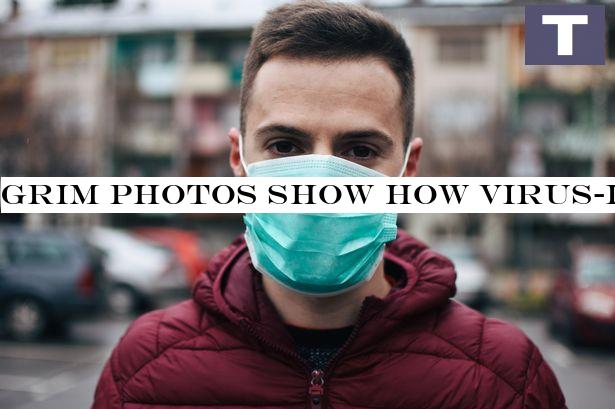Music
Trailers
DailyVideos
India
Pakistan
Afghanistan
Bangladesh
Srilanka
Nepal
Thailand
Iraq
Iran
Russia
Brazil
StockMarket
Business
CryptoCurrency
Technology
Startup
Trending Videos
Coupons
Football
Search
Download App in Playstore
Download App
Best Collections
Technology

- Details
- Category: Technology Today
Read more: Human Food review - nutritionally-dense meal replacement bars keep you going
Write comment (95 Comments)
- Details
- Category: Technology Today
Read more: Grim photos show how virus-infected droplets spread if you don't wear a mask
Write comment (93 Comments)
- Details
- Category: Technology Today
Read more: Staring at red light for 3 mins a day can 'significantly improve your eyesight'
Write comment (95 Comments)
- Details
- Category: Technology Today
Read more: Coronavirus may never be eradicated - and anti-vaxxers could be to blame
Write comment (91 Comments)
- Details
- Category: Technology Today
Read more: Google trick brings 3D dinosaurs into your home - here's how to try it
Write comment (97 Comments)
- Details
- Category: Technology Today
Read more: 440-mile-long lightning bolt over Brazil confirmed as the longest ever recorded
Write comment (91 Comments)Page 802 of 1441

 16
16





